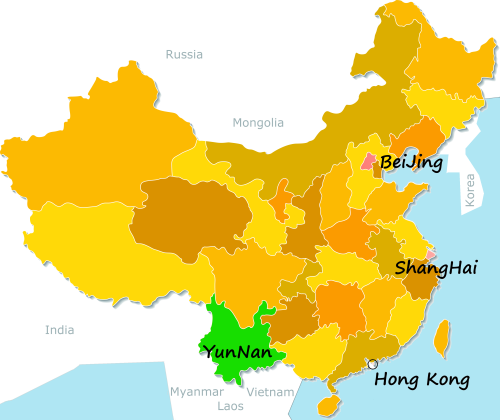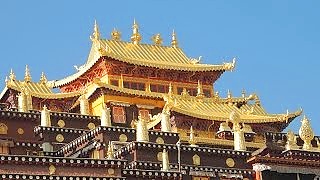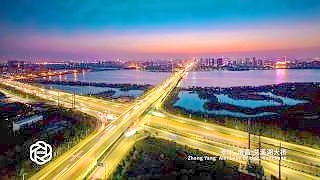
|
With Aerial China ...
With 泸沽湖 ...
About LuGu Lake
LuGu Lake is a stunning alpine lake located in the northwest of the YunNan province in southwestern China. It is situated at a high elevation of approximately 2,685 meters (8,809 feet) above sea level and is renowned for its breathtaking natural scenery, clear waters, and unique cultural heritage.
Attractions
Lugu Lake offers a range of attractions and activities for visitors to enjoy:
Lake Cruises: Take a scenic boat cruise on the pristine waters of Lugu Lake and marvel at the surrounding mountain landscapes.
Luoshui Village: Explore the charming Luoshui Village, home to the Mosuo ethnic minority group known for their matriarchal society and unique cultural traditions.
Leiqi Island: Visit Leiqi Island, also known as the "Island of Women," and learn about the fascinating customs and rituals of the Mosuo people.
Lige Peninsula: Hike or bike along the picturesque Lige Peninsula and enjoy panoramic views of the lake and surrounding countryside.
Dukezong Ancient Town: Discover the ancient town of Dukezong, located nearby, and admire its well-preserved Tibetan architecture and historical landmarks.
Accommodation
There are various accommodation options available around Lugu Lake, ranging from cozy guesthouses and boutique hotels to traditional Mosuo-style lodgings. Visitors can choose to stay in accommodations offering stunning lake views or opt for accommodations closer to the local villages for a more immersive cultural experience.
Getting There
Lugu Lake is accessible by road from major cities in Yunnan Province, such as Lijiang and Kunming. Visitors can travel by bus or hire private transportation to reach the lake area. It's advisable to check road conditions and weather forecasts before embarking on the journey, especially during the winter months when snowfall may affect travel.
Best Time to Visit
The best time to visit Lugu Lake is during the spring and autumn months, from April to June and September to November, when the weather is mild and the scenery is at its most beautiful. Summer is also a popular time to visit, although it can be crowded with tourists. Winter brings cold temperatures and occasional snowfall, but it offers a serene and tranquil atmosphere.
Plan Your Trip
Before visiting Lugu Lake, be sure to plan your trip carefully and consider factors such as accommodation, transportation, and activities. It's also important to respect the local culture and customs, particularly when interacting with the Mosuo people. With its stunning natural beauty and rich cultural heritage, Lugu Lake promises an unforgettable experience for travelers seeking adventure and exploration.
|

 The Stone Forest (ShiLin 石林) in YunNan province
The Stone Forest (ShiLin 石林) in YunNan province






